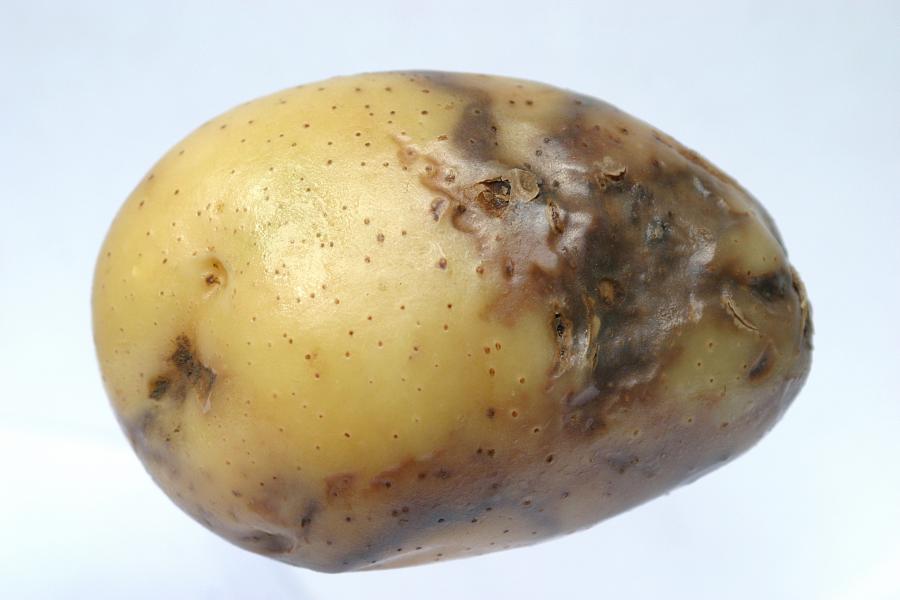
A surge in reports of potato blight across the UK has led experts to tell growers to give careful consideration as to how crops are protected through to the end of the season.
AHDB Potatoes reported a sharp rise in late blight samples submitted for testing in late June once weather conditions favoured sporulation.
'36_A2', a new strain of late blight that spread rapidly across continental Europe before arriving in the UK in 2017, was the most frequently detected clone of the disease with '6_A1' - sometimes referred to as ‘Pink 6’ - also confirmed.
Dr David Cooke, of the James Hutton Institute where the testing is conducted, said: “We have had 15 samples confirmed as blight to date and have genotyped six of these. The first samples from cull piles in South East England were genotype 36_A2.
“The other more recent samples from Essex and Suffolk have been confirmed as 36_A2 with further one from Kent being a mix of genotypes 36_A2 and 6_A1.
“It’s too early to draw conclusions about how the national picture will look, but this gives growers – particularly those in the South East and Eastern England – advanced warning of the strains in their area.”
The rise in blight cases follows a period of warm and wet weather which created the humid conditions needed for disease to sporulate.
Edward Hagues, Bayer campaign manager for root crops, said: “The spike in blight cases was preceded by a flurry of Hutton Criteria warnings, so it is not surprising that growers are seeing crops under intense pressure.
“What is important however, is how growers plan to ensure crops are effectively protected through to the end of the season.”
The extent to which growers succeed in keeping crops clean of disease will largely depend on how many products with recognised anti-sporulant activity they have retained for late-season use, he said.
Mr Hagues added: “The focus must be on managing products to ensure good foliar and tuber blight protection.
“With 13 modes of action available for late blight control this might not seem too difficult, but only two are now considered to have good activity against the zoospores of the prevalent blight strains and therefore against tuber blight.”
Late blight remains the single most important potato disease, costing the industry an estimated £50m annually in crop protection chemicals in a typical blight pressure season.
